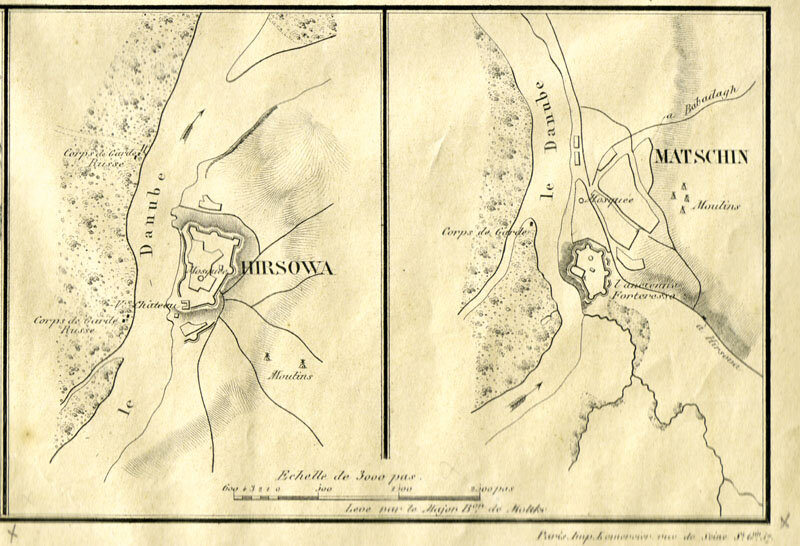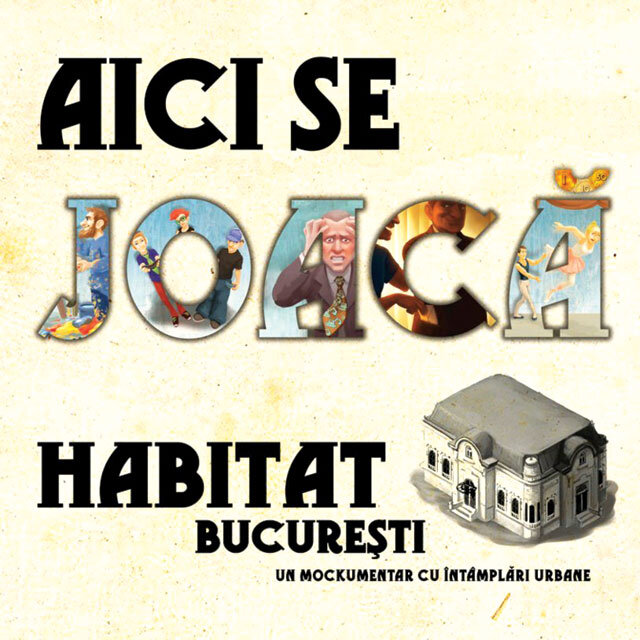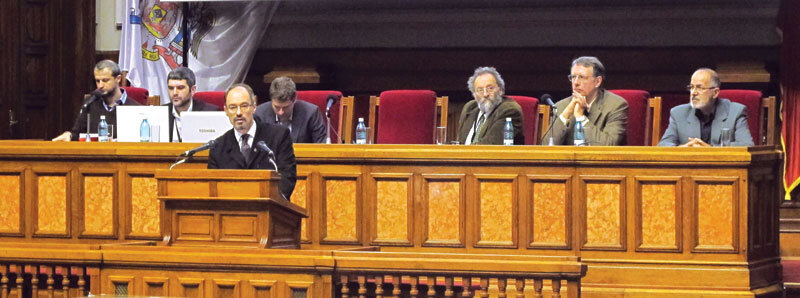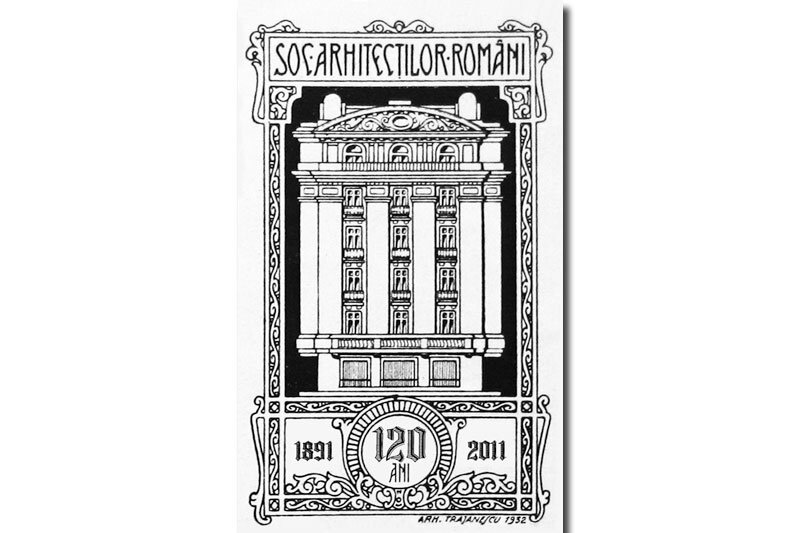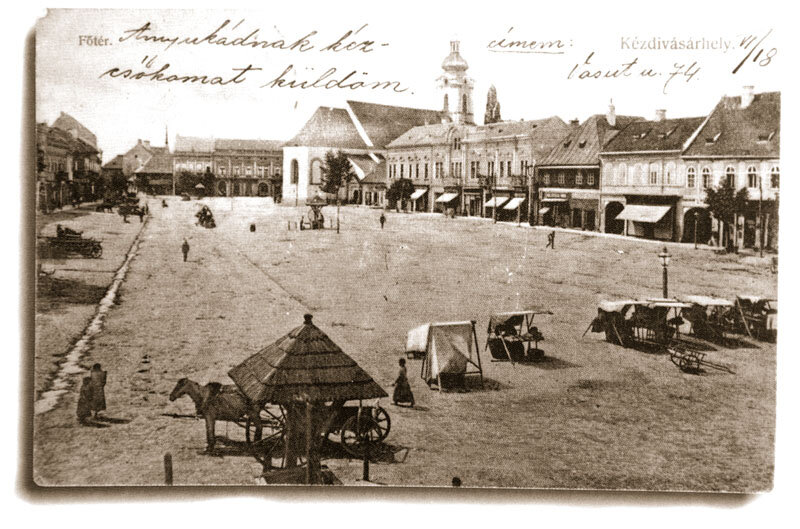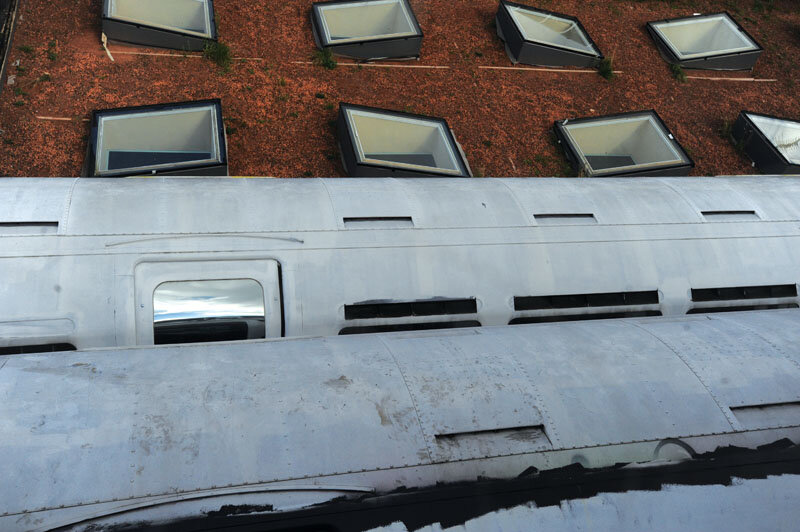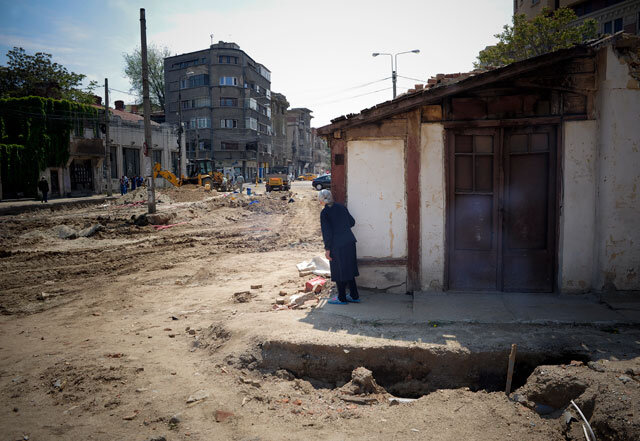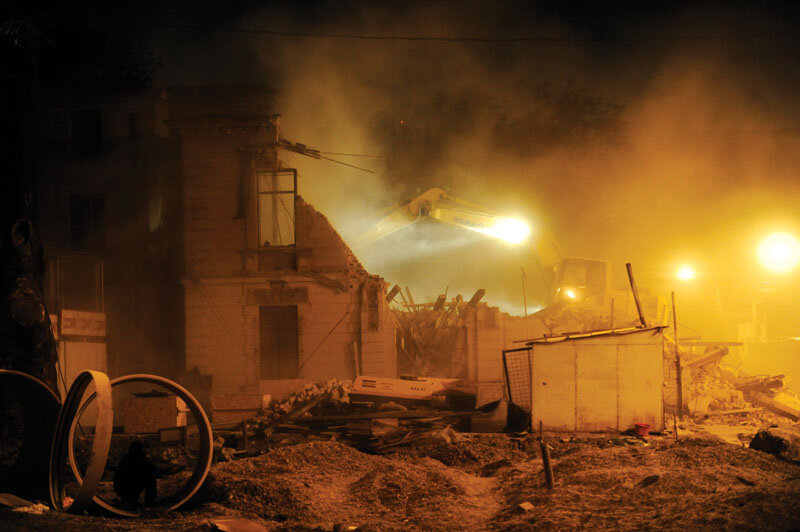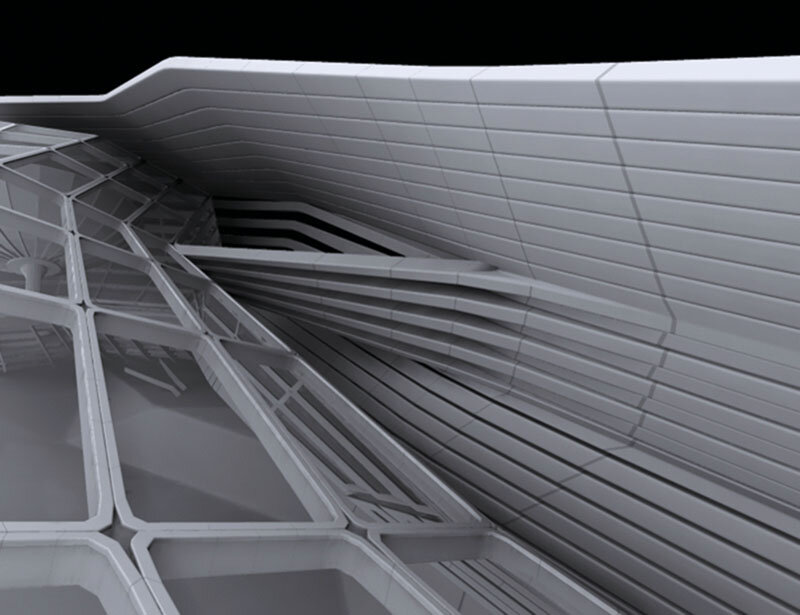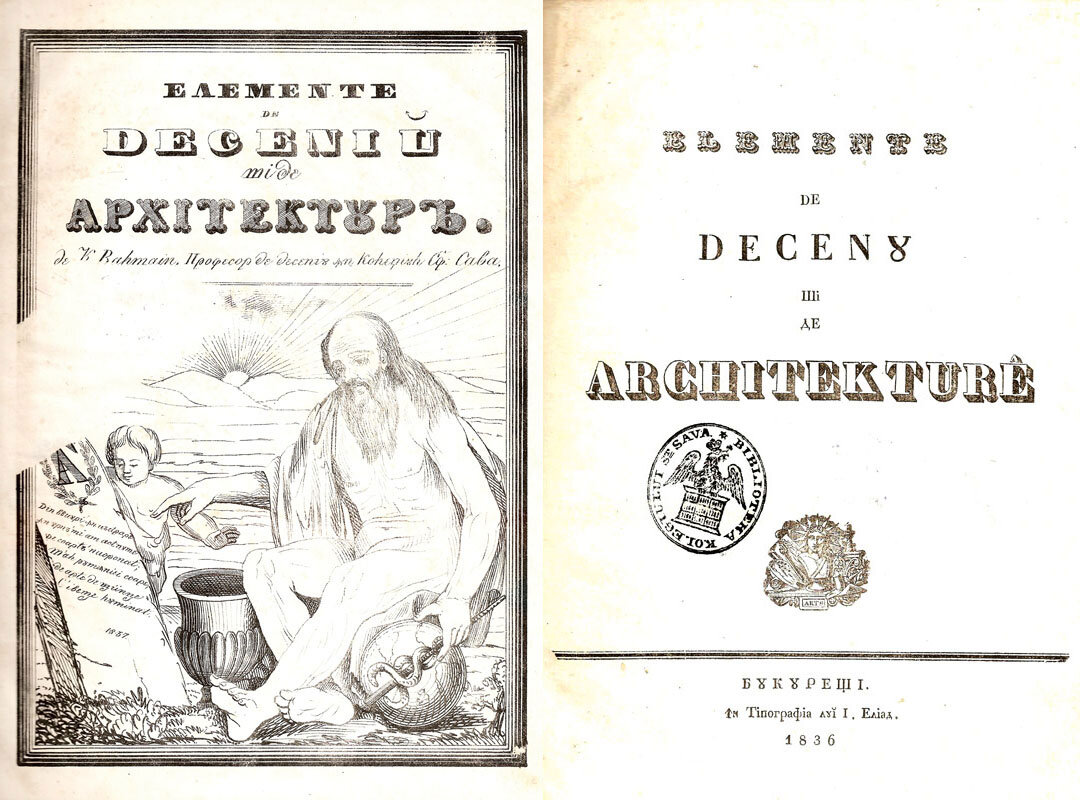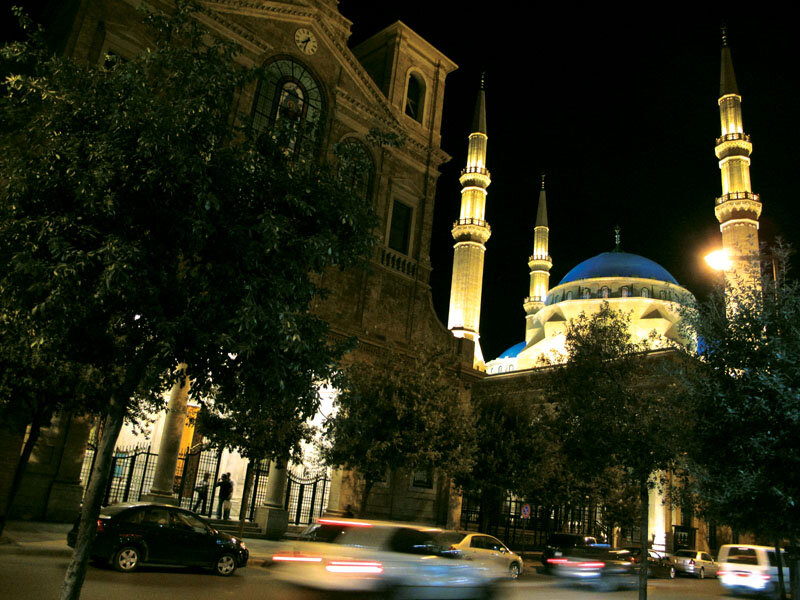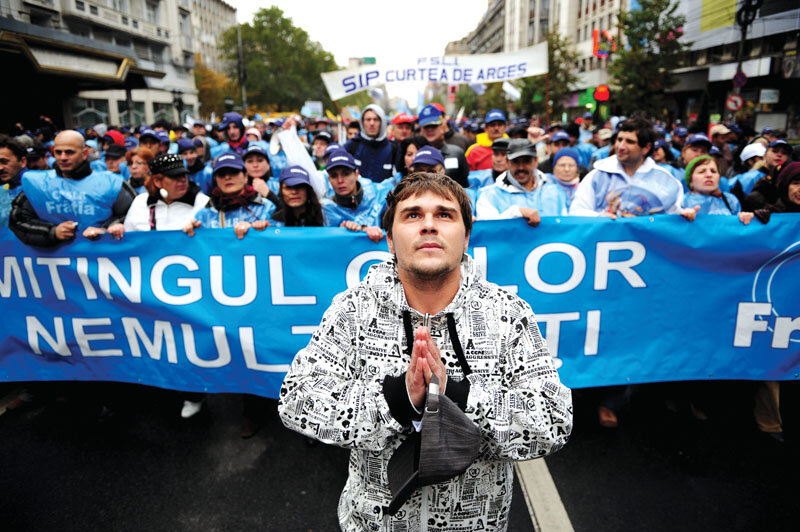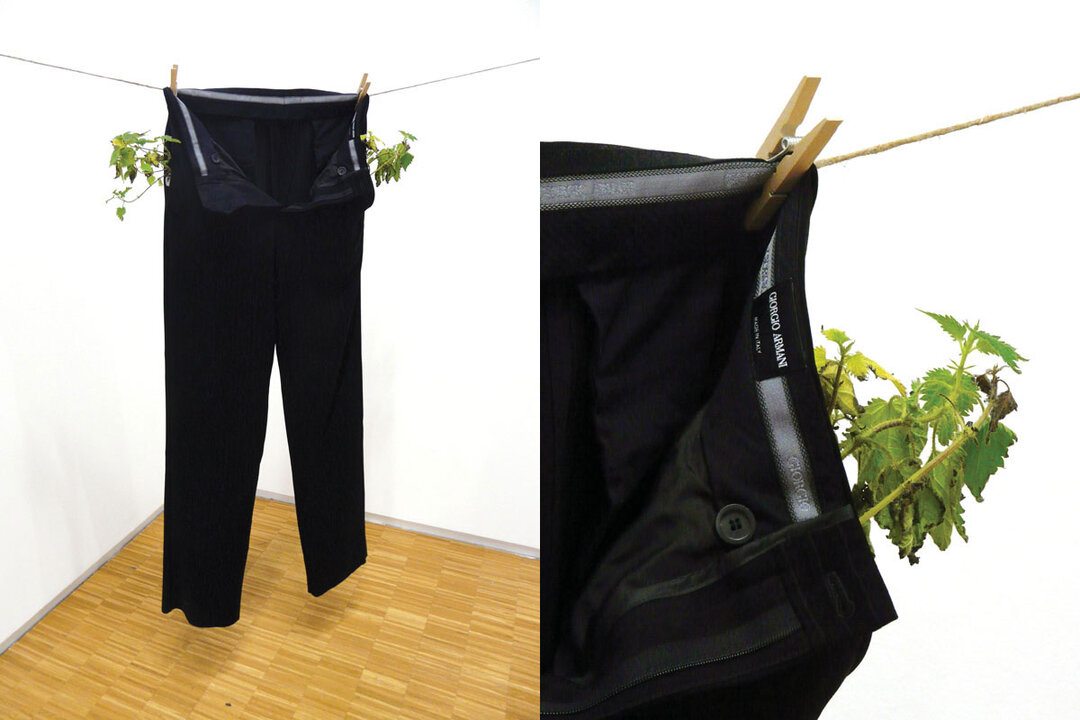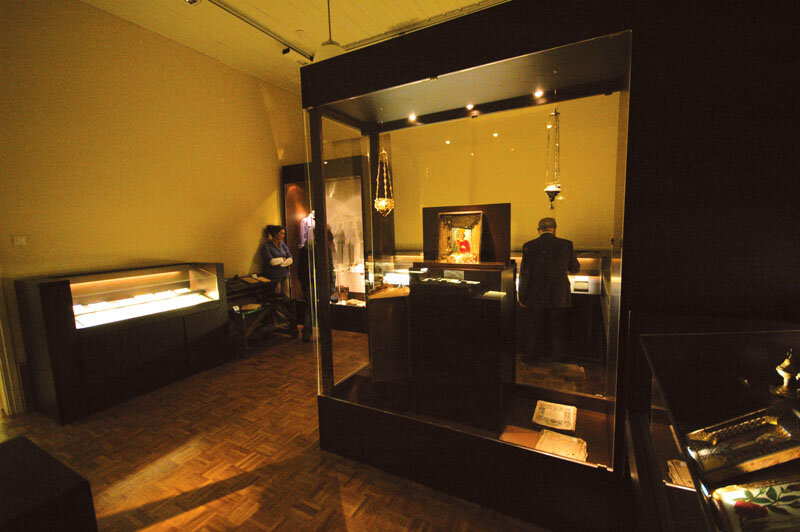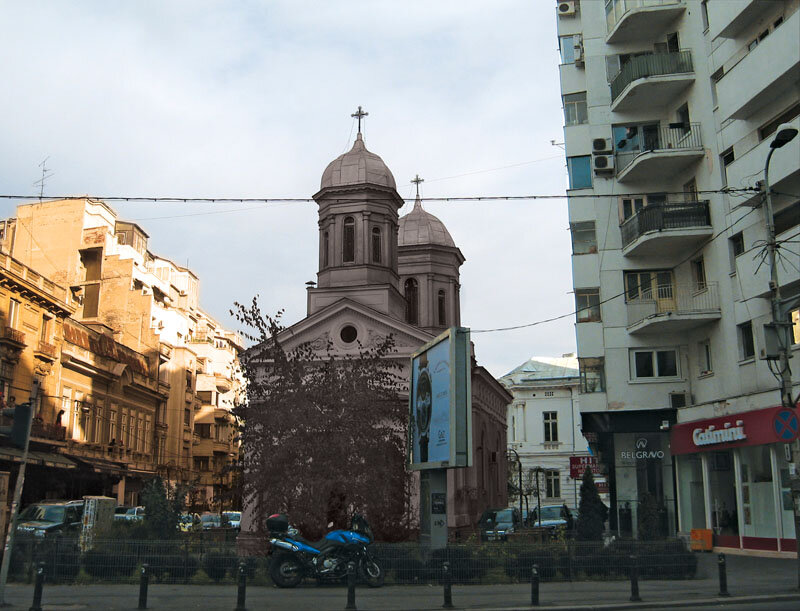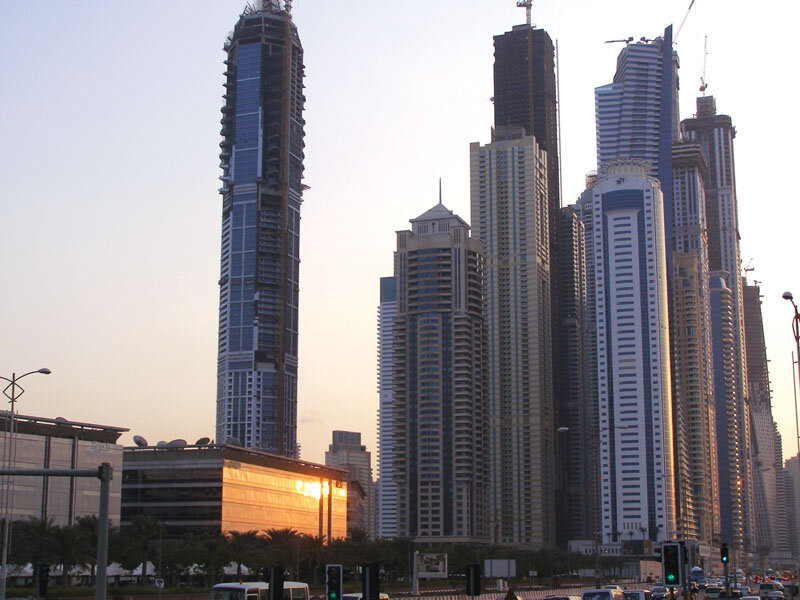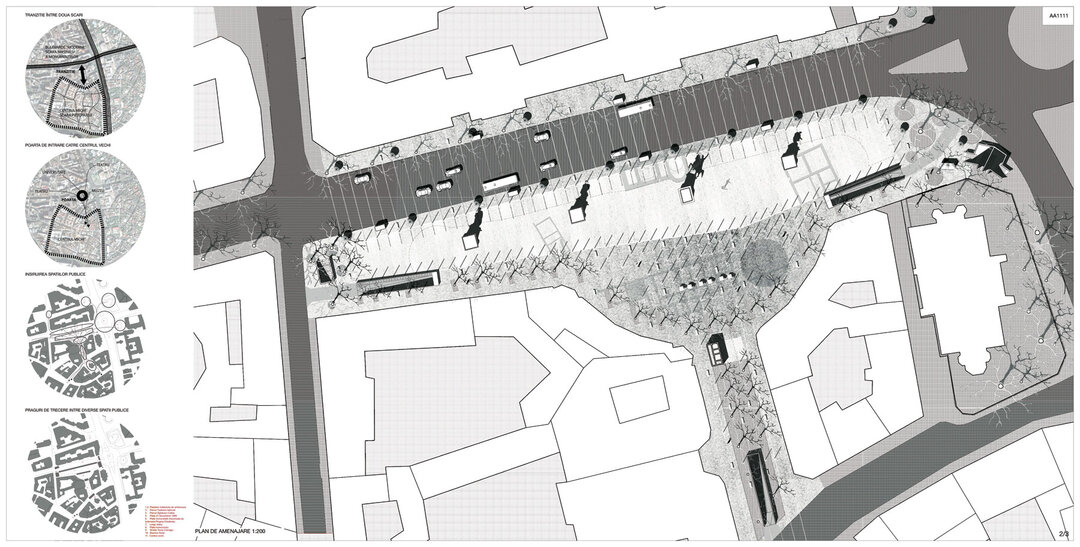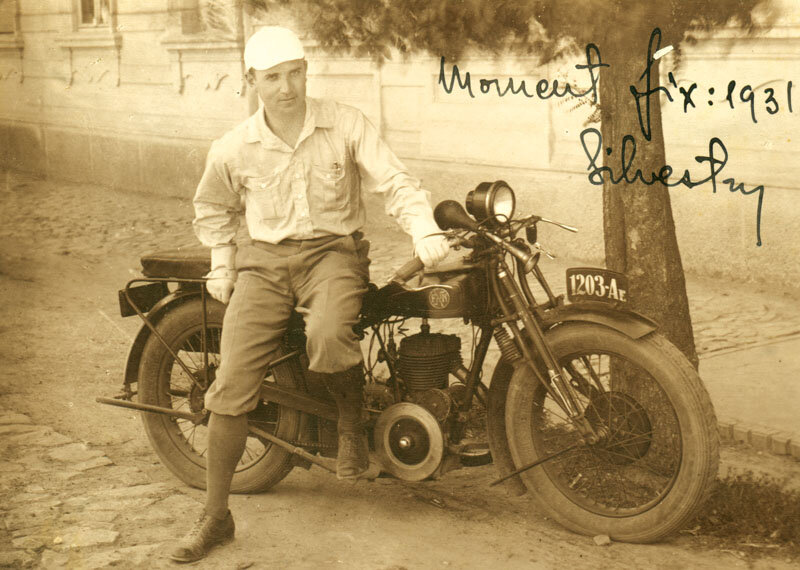
Forum ART
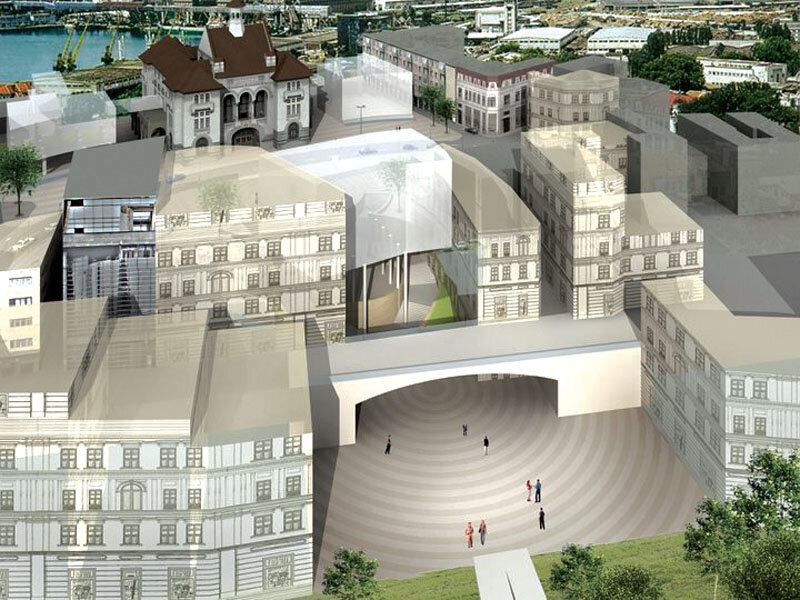
Piața Ovidiu

| La început a fost proiectul - proiectul personal, liniar, ducând către o lumină la capătul unui set de trepte. Era simplu și ușor de urmărit. Minimalist. Curat. Așa s-a născut Forum ART și a început să facă primii pași, într-o lume care nu era pregătită să îi facă loc și care se întreabă încă dacă arhitecții folosesc la ceva.Pe când era mic copil, Forum Art era rotund și transparent ca un concept. Și era bine că era așa căci astfel s-a hotărât că trebuie să conceapă și nu să meșteșugărească și a decis că ceea ce e important este ca în capul lui să existe case făcute și să conteze prea puțin dacă ele se transformă în realitate.O bună bucată de vreme, m-am confundat cu Forum ART. Vă voi povesti în continuare cum experiența și învățarea mea personală s-au transferat încetul cu încetul în ceea ce este astăzi acestă firmă.
Cred în concursuri. În menirea lor de catalizatori ai învățării și creativității. Am participat până acum împreună cu Forum ART la peste 60 de concursuri; n-am câștigat decât o mențiune și un premiu întâi la un concurs studențesc. Ceea ce poate demonstra că suntem democrați – lăsăm și altora dreptul de a câștiga. Lăsând însă gluma la o parte, indiferent de rezultatul obținut pe podium, concursul păstrează corpul rotund și transparent al eon-ului „care suntem”. Și pentru că scopul acestui articol este să propunem idei despre poziția și menirea arhitectului, vom aduce în sprijinul acestor idei exemple culese din câteva concursuri: Piața Ovidiu din Constanța, reurbanizarea fostelor spații vamale din Osaka, amenajarea stațiunii Soveja și proiectul pentru Hanul Gabroveni. În Piața Ovidiu ne-am dorit să retrăim veselia și prospețimea copiilor anilor ’70, care se mirau că lumea se poate strânge în număr atât de mare pe o peninsulă atât de mică, dorindu-și atât de mult să bea bragă, să mănânce covrigi și boreci. Am retrăit fantasma iubind fiecare colțișor din piața de acum (tristă nebunie), uitând desigur că administrația locală visează să șteargă trei mii de ani de istorie și să imortalizeze momentul zilei de azi. Arhitectura clasică, citată cu o lipsă de tact totală. Doar lui Ovidiu i-am lăsat loc să privească spre mare. Și da, pietonal. Osaka era departe. Am delirat despre ritmul orașului și al valurilor. Despre mișcarea browniană și fractali. Am opus ritmul volumelor de oraș ritmului valurilor care se spărgeau lovindu-l. Ne-am bălăcit în apa golfului, am bătut din aripi la București ca să se întâmple o furtună acolo (toate astea s-au petrecut cu multă vreme în urmă: nu noi am fost cauza tragediei reale și atât de dureroase de acum!). Soveja a fost o demonstrație de „proiect urban”. Trebuia să fim inteligenți căci fusesem proiectanții Pieței Unirii din Focșani (un proiect care mă obsedează și la care, profitând de răbdarea cititorului, voi reveni). La Soveja am adus biciclete, am schiat la biatlon împreună cu norvegienii de la televizor. Am imaginat un orășel polinucleal unit de un tramvai cu camă, ne-am strâns dezordonați din pădure și am ridicat o barieră între noi și ea, ca să ne uităm la ea ca într-o oglindă. Am imaginat poduri și trasee de schi prin stațiune, pentru că adormitul de după visatul cu ochii deschiși și dragoste să fie lovit peste față de săgețile transpirate care trec prin fața geamului. La Gabroveni am visat – în România – la layere de istorie pe care să le vezi în secțiune. N-am fost suficient de buni, am zis-o de la început. Dar ne-a plăcut mult de tot să trăim visul roman de a ne sui pe o casă veche și de a intra în altă casă și mai sus, pe o terasă și mai nouă. Și precum am visat să fim Scarpa de mult, acum ne-am jucat de-a Louis Kahn (trebuie să vă menționez că ne-am fi dorit să mergem la cursurile lui – am fi fost Botta sau Rashdie, desigur). [...] |
| Citiți textul integral în nr 6 / 2011 al Revistei Arhitectura. |
| In the beginning there was the project – the personal, linear project, leading towards the light at the end of a flight of stairs. It was easy and simple to follow. Minimalistic. Clean. This is how Forum ART was born and took its first steps in a world not yet ready to accommodate it, a world that is still unclear about the role of architects.While still an infant, Forum ART had the roundness and transparency of a concept. And it was right to be so, for so the decision was made that it was rather more about creation than craftsmanship and that the important thing was to imagine buildings in our heads and give less thought to whether they become real or not.For a good while, I identified myself with Forum ART. I shall recount further on how my personal experience and learning transformed little by little into what the company is today.
I believe in competitions. I believe in their purpose as catalysts of learning and creativity. I have taken part so far with Forum ART in more than 60 contests and I have ever only won a mention and a first prize in a students’ contest. Which may prove our democratic nature – we allow others to win too. Leaving jokes aside, no matter the result, contests keep the round and transparent body of the eon that we are. And since the whole purpose of this article is to put forward ideas about the position and purpose of the architect, we shall support these ideas with examples gathered from a number of contests. Ovid Square in Constanța, re-urbanisation of former customs areas in Osaka, the new layout of Soveja resort and the Gabroveni Inn. In Ovid Square we wanted to revive the cheerfulness and freshness of those children of the 70s, surprised that they could gather in such large numbers on that small peninsula, eager to drink millet beer, to eat pretzels and Turkish borec pies. We relived that fantasy, loving every corner of today’s square (the sad madness of it), fully oblivious of the fact that local administration dreamed of erasing three thousand years of history and immortalizing the present day. Classical architecture put in place with a total lack of tact. Ovid alone was allowed a place to look over the sea. And, yes, the square is pedestrians only. Osaka was far off. We were delirious about the rhythm of the city and the waves. Browning movement and fractals. We contrasted the rhythms of urban volumes to the rhythm of the waves breaking against the city side. We splashed in the gulf waters, we fluttered our wings in Bucharest hopeful to cause a tempest out there (all these happened long time ago, and we are not to blame for the too real and painful tragedy of today!) Soveja was a demonstration of an “urban project”. We had to be intelligent for we had designed the Unity Square in Focșani (a project that obsesses me, and that I shall, with your kind permission, return to). In Soveja we brought bicycles, we skied in the biathlon with the Norwegians on TV. We imagined a multicentred small town, connected by an old-type tram, we gathered unorderly from the woods and erected a barrier between the forest and ourselves so we can look at it as if in a mirror. We imagined bridges and ski trails in the resort, so that the ones asleep after daydreaming and love are hit in the face by the dewy arrows that fly in front of the window. At Gabroveni we dreamed – in Romania – about layers of history seen in section. We were not good enough; we said it from the beginning. But we loved too much the Roman dream of mounting on top of an old house and entering another, and going higher up, onto a newer terrace. And as we had dreamed of being Scarpa long before, we were now playing Louis Kahn. (I have to mention that we wish we had attended his courses – we would have been Botta or Rashdie, of course). |
| Read the full text in the print magazine. |

Piața Ovidiu

Piața Ovidiu
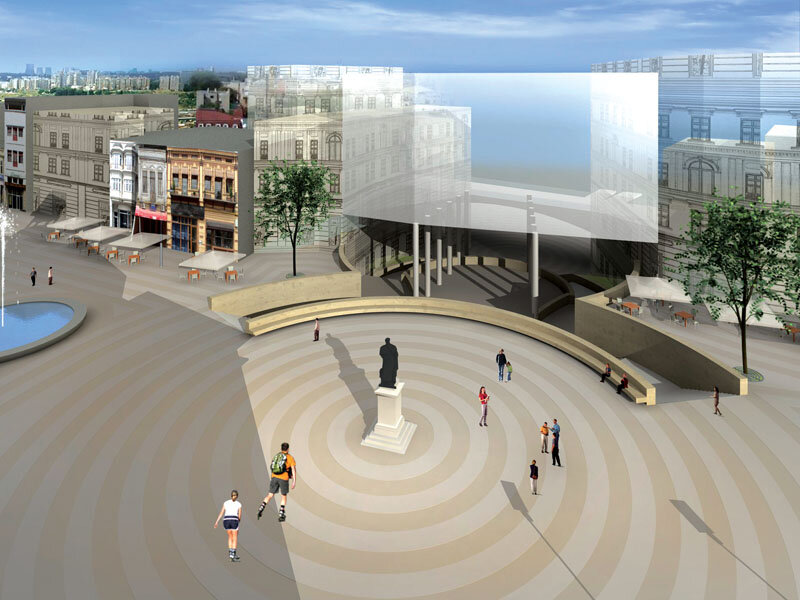
Piața Ovidiu
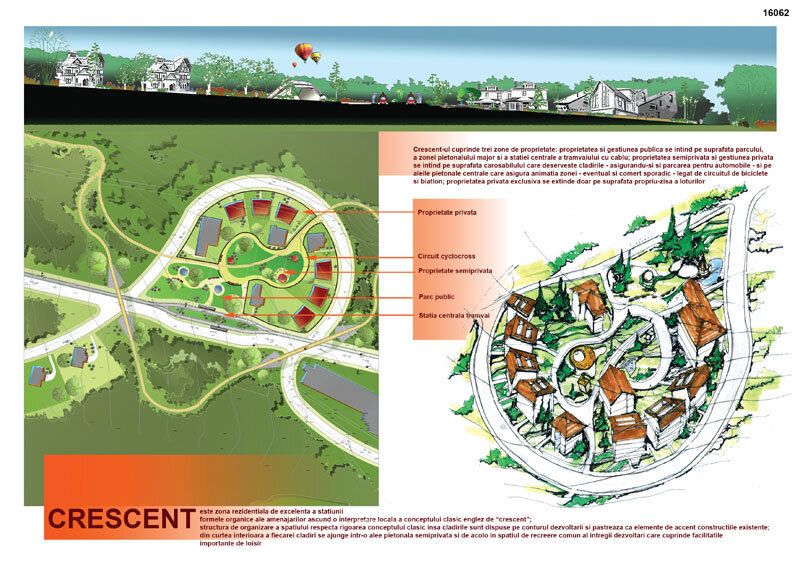
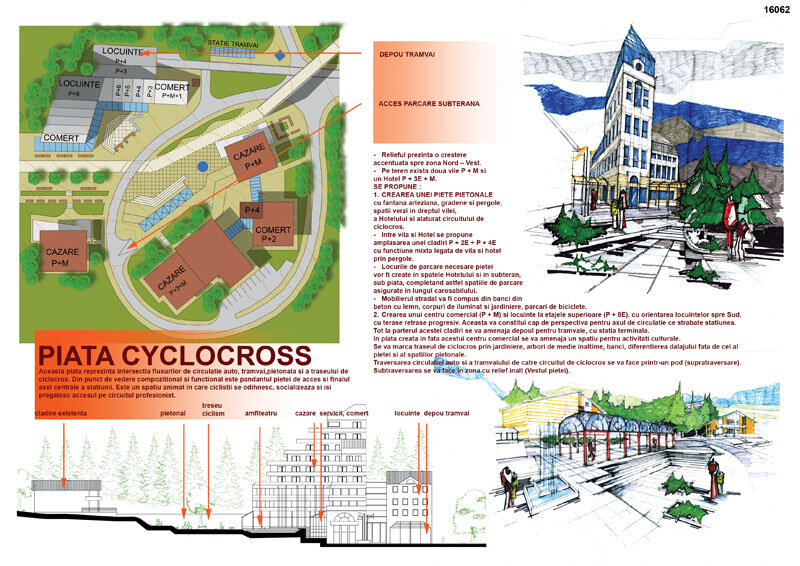


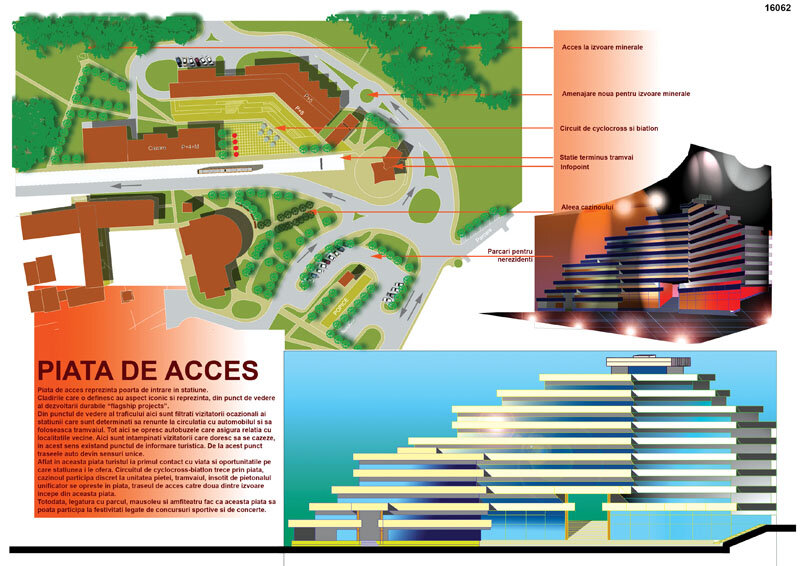
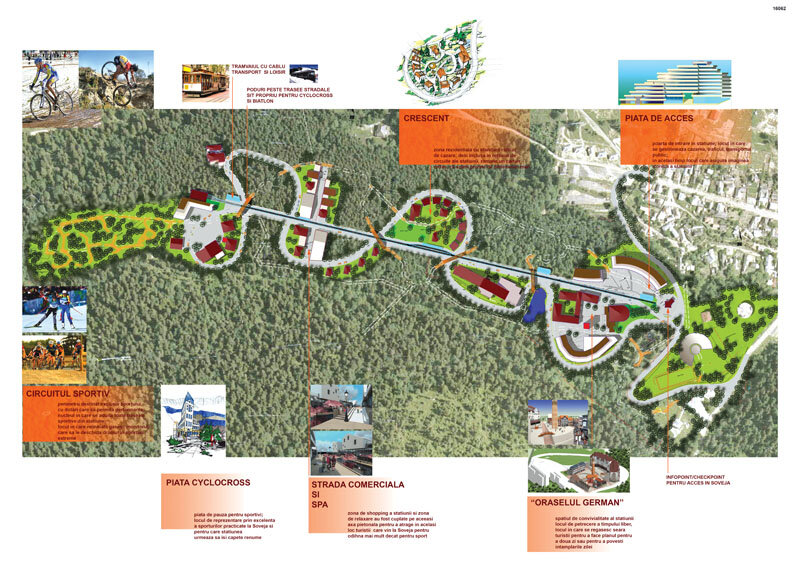
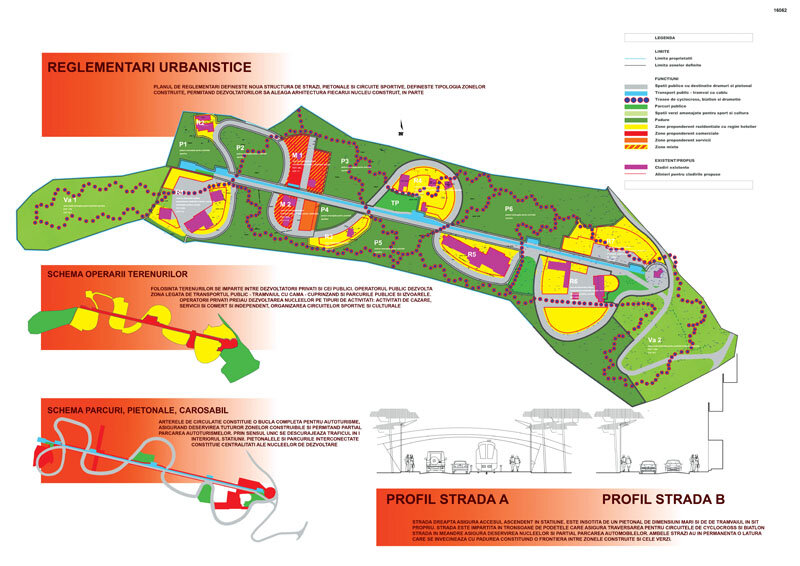


Piața Unirii din Focșani
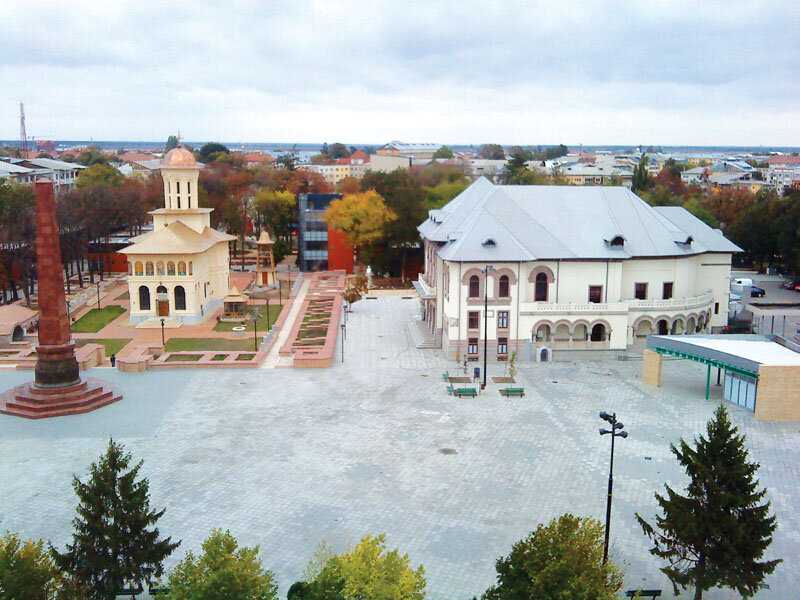
Piața Unirii din Focșani

Piața Unirii din Focșani

Piața Unirii din Focșani

Piața Unirii din Focșani
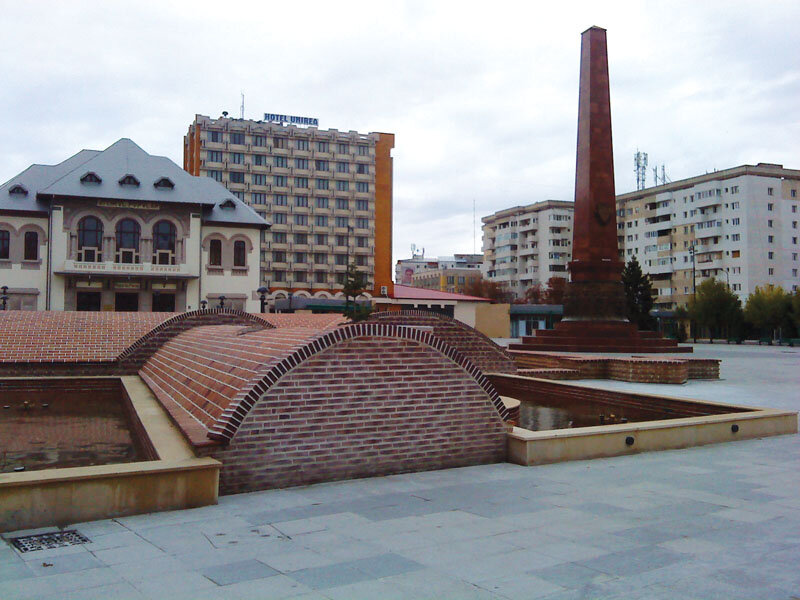
Piața Unirii din Focșani
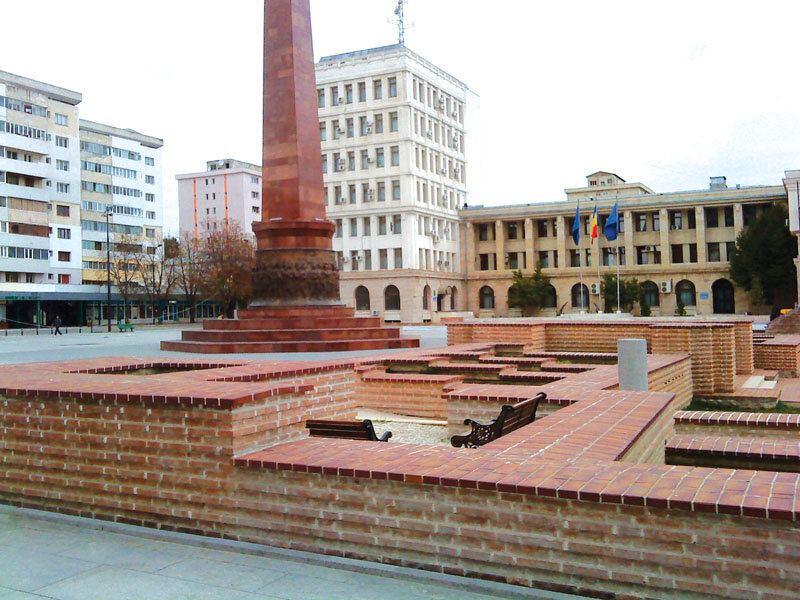
Piața Unirii din Focșani

Piața Unirii din Focșani
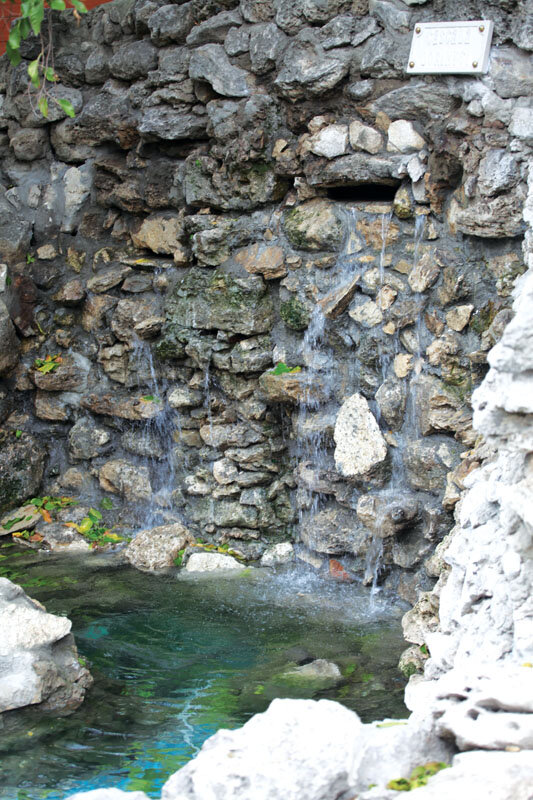
Piața Unirii din Focșani
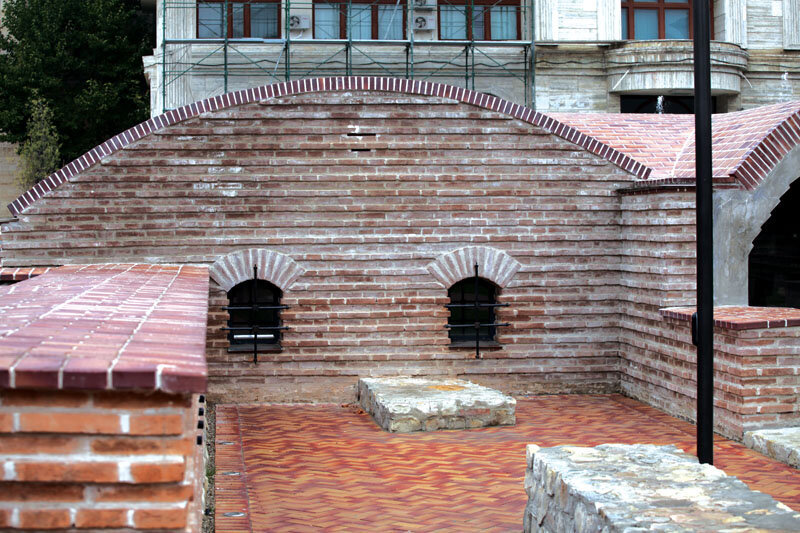
Piața Unirii din Focșani
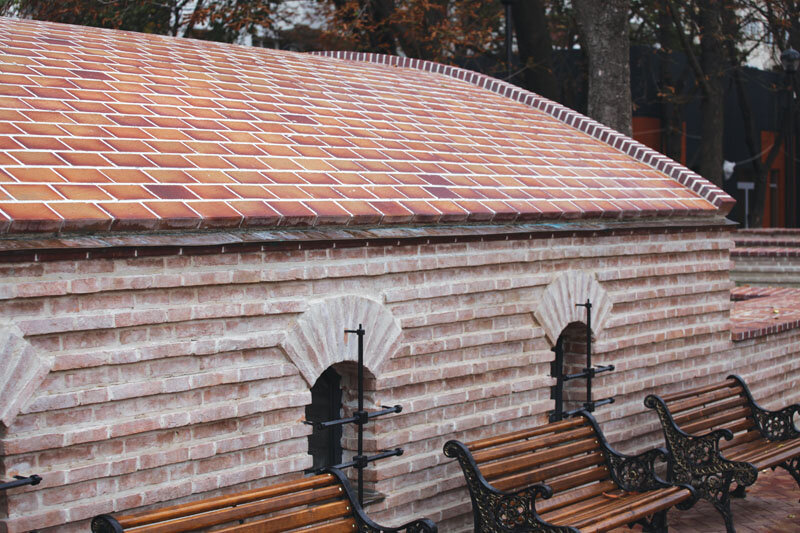
Piața Unirii din Focșani

Piața Unirii din Focșani
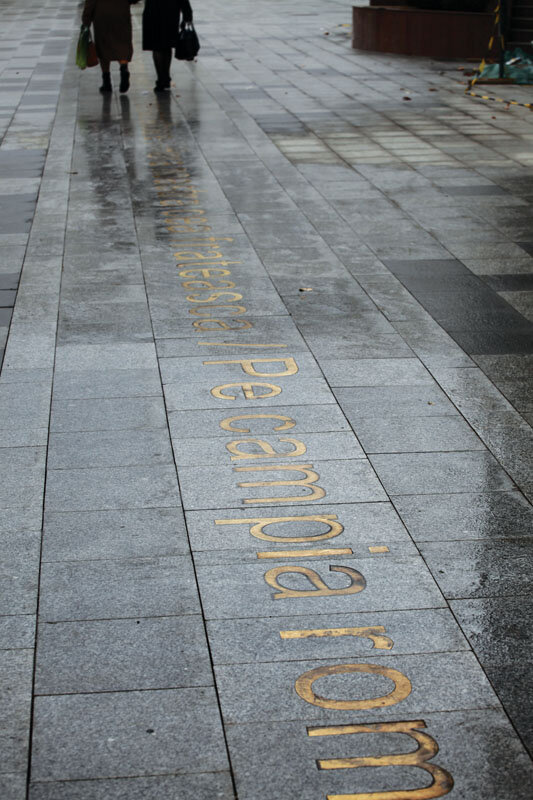
Piața Unirii din Focșani
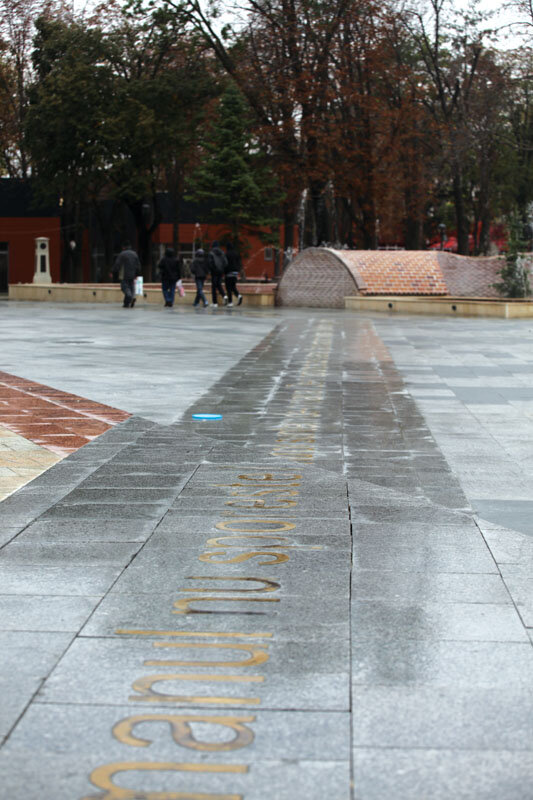
Piața Unirii din Focșani
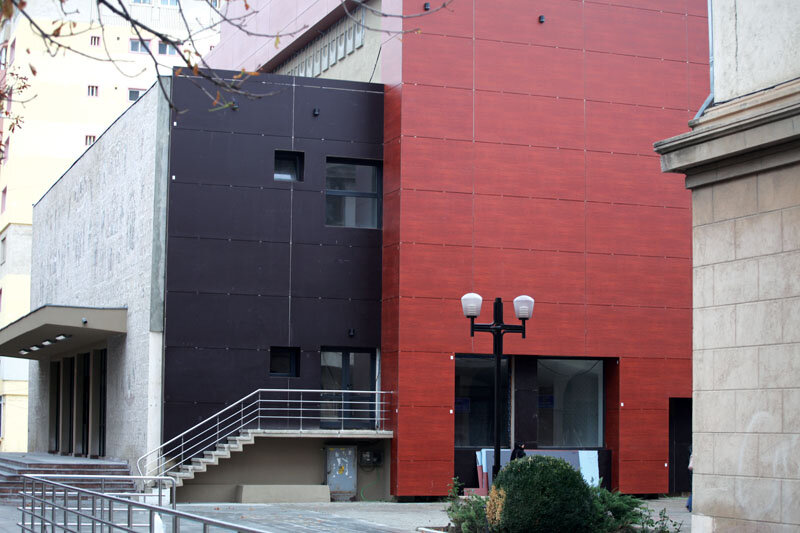
Piața Unirii din Focșani
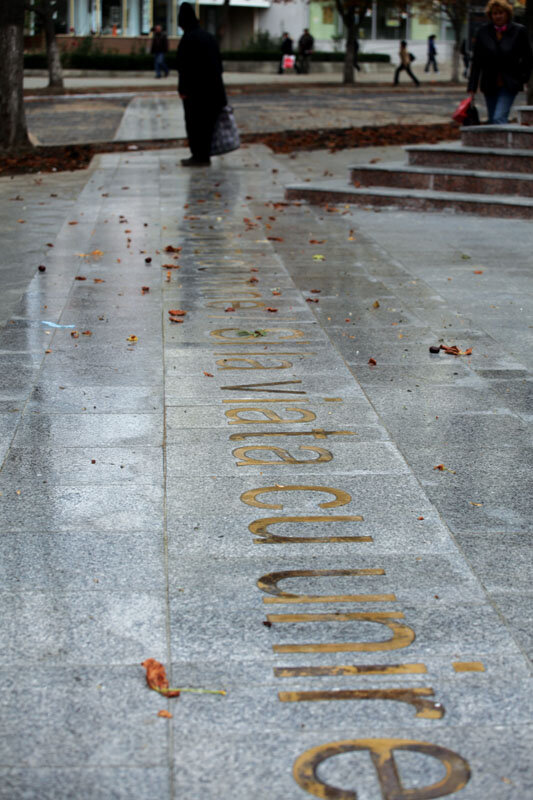
Piața Unirii din Focșani
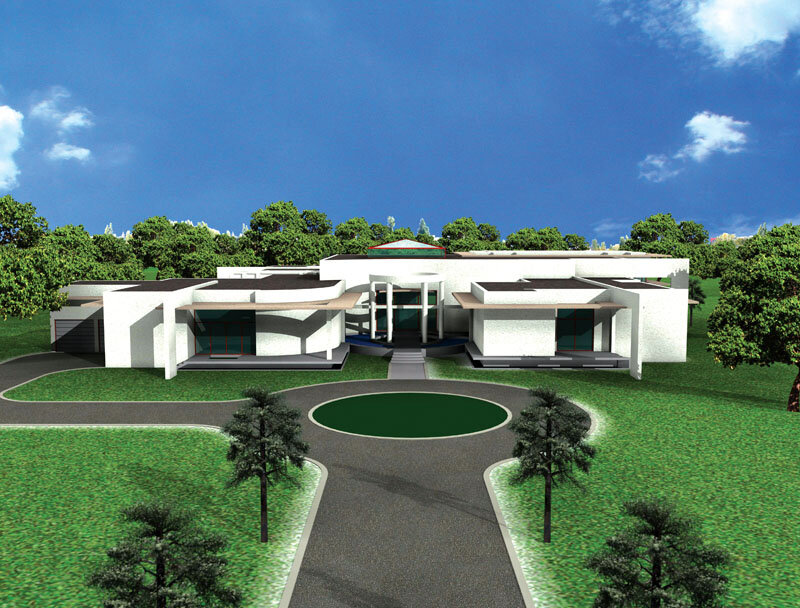
Casa Dinu

Casa Dinu
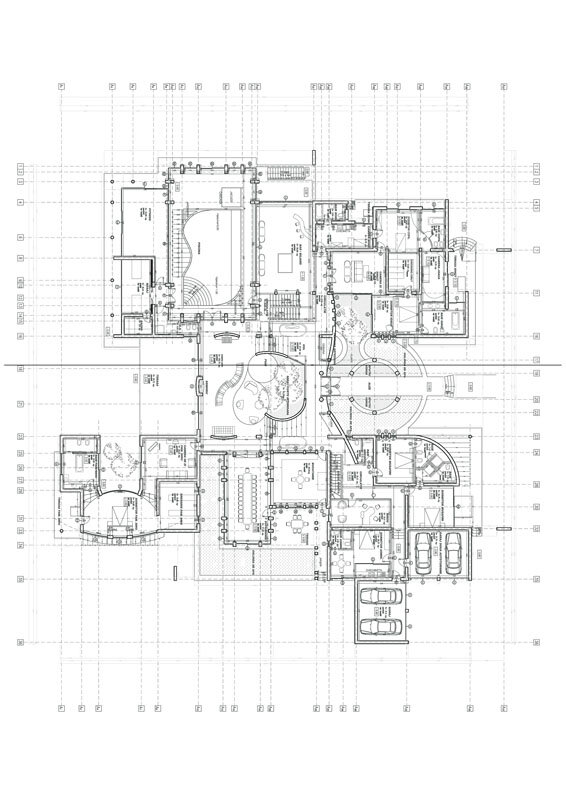
Casa Dinu

Casa Dinu

Casa Dinu

Casa Dinu
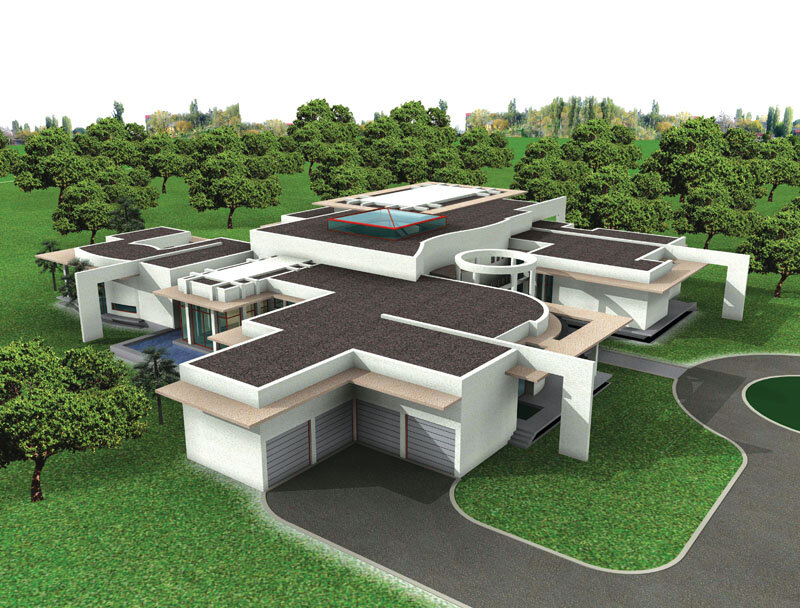
Casa Dinu

Casa Dinu

